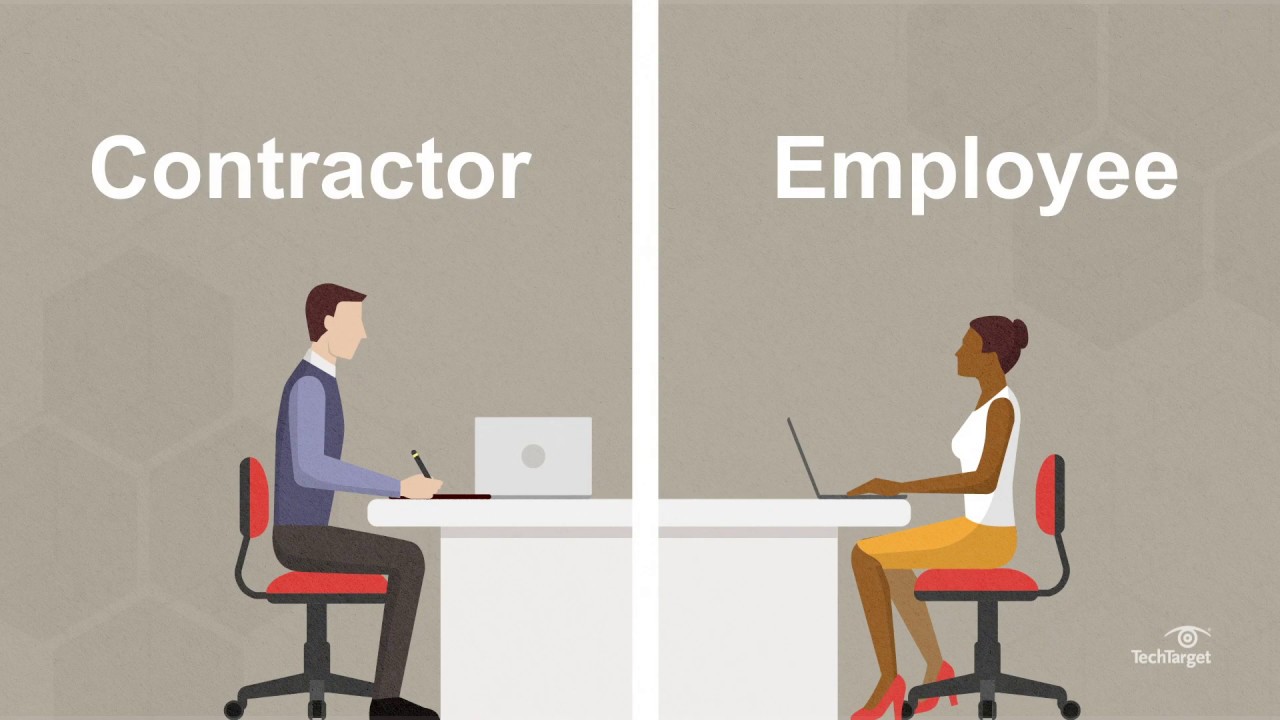The Impact Of The Gig Economy On Architecture And Construction - The Changing Landscape Of Architecture And Construction
The gig economy has emerged as a significant trend in recent years, impacting various industries, including architecture and construction. This article will explore the impact of the gig economy on architecture and construction, including the benefits and challenges it presents.
Author:George EvansMar 05, 2023262 Shares262.4K Views

The gig economy has emerged as a significant trend in recent years, impacting various industries, including architecture and construction.
The gig economy refers to the labor market characterized by short-term contracts or freelance work, rather than traditional full-time employment.
This shift in the labor market has changed the way people work, and it has transformed the architecture and construction industries as well. In this article, we will explore the impact of the gig economy on architecture and construction, and how it has affected both industries.
The Impact Of The Gig Economy On Architecture And Construction
The gig economy has had a significant impact on a wide range of industries, including architecture and construction.
In the past, these industries have been largely structured around long-term employment contracts and traditional hierarchies.
However, the rise of the gig economy has brought greater flexibility, increased competition, and more specialized services to the architecture and construction sectors.
This article will explore the impact of the gig economy on architecture and construction, including the benefits and challenges it presents.
Increased Flexibility In The Workforce
The gig economy has allowed workers to have more control over their schedules and workloads. Architects and construction workers can now choose their projects and work on a freelance basis, allowing them to have more flexibility in their careers.
This has also allowed architects and construction workers to work remotely, making it easier for them to balance their personal and professional lives.
More Specialized Services
The gig economy has created a more specialized workforce, where workers can focus on specific areas of architecture and construction. This has led to an increase in the quality of work and the ability to deliver specialized services to clients.
With the gig economy, clients can now choose from a range of specialized architects and construction workers who can offer tailored services to meet their specific needs.
Reduced Overhead Costs
For architecture and construction firms, the gig economy has provided a way to reduce overhead costs. Companies no longer have to provide office space or equipment to workers, as they can work remotely. This has allowed firms to save money and invest in other areas of their business.
Increased Competition
The gig economy has also increased competition in the architecture and construction industries. With the rise of freelance workers, more people are offering their services in the market. This has led to increased competition for clients and has forced firms to adapt to stay competitive.
Changing Relationships Between Firms And Workers
The gig economy has changed the relationship between architecture and construction firms and their workers. With more freelance workers, firms have had to adjust their management styles to accommodate these workers.
Firms now have to compete for workers, rather than the other way around, and they have to offer more attractive compensation packages to retain them.
Greater Innovation And Creativity
The gig economy has fostered greater innovation and creativity in the architecture and construction industries. With more freelancers working in the market, there is a greater diversity of ideas and approaches to projects. This has led to more innovative and creative designs and construction methods.
Increased Project Diversity
The gig economy has also led to an increase in project diversity in the architecture and construction industries. With more specialized workers in the market, there is a greater ability to take on a wider range of projects. This has allowed firms to expand their offerings and take on more challenging and diverse projects.
Higher Demand For Digital Skills
With the rise of the gig economy, there has been a higher demand for digital skills in the architecture and construction industries. Freelance workers need to be proficient in digital tools to work remotely and communicate effectively with clients. This has led to an increased demand for digital skills in the market.
Changing Work Culture
The gig economy has also led to a change in work culture in the architecture and construction industries.
With more remote workers, there is a greater emphasis on communication and collaboration, and a move away from traditional office-based work culture. This has led to more flexible and dynamic work environments.

What is a Gig Economy? Benefits and Challenges of Gig Workers
Uncertainty In The Workforce
The gig economy has created more uncertainty in the workforce for architects and construction workers. With short-term contracts and freelance work, there is less job security and stability in the industry. This has led to workers needing to be more adaptable and flexible to the changing landscape of the industry.
People Also Ask
How Has The Gig Economy Impacted The Quality Of Work In Architecture And Construction?
The gig economy has led to an increase in the quality of work in architecture and construction. With more specialized workers in the market, there is a greater ability to deliver tailored services to clients. Moreover, the competition has forced firms to adapt and deliver higher-quality work to stand out from the competition.
What Are The Challenges Of The Gig Economy For Architects And Construction Workers?
The gig economy presents some challenges for architects and construction workers, such as a lack of job security, uncertainty, and a need to continuously adapt to changing client demands. Moreover, freelance workers often have to manage their finances, insurance, and retirement planning.
How Has The Gig Economy Changed The Hiring Process In Architecture And Construction Firms?
The gig economy has changed the hiring process in architecture and construction firms. Instead of traditional long-term employment contracts, firms now hire workers on a project-by-project basis. This has led to more flexible hiring processes and the ability to hire more specialized workers to meet specific project needs.
What Are The Future Implications Of The Gig Economy On Architecture And Construction?
The gig economy is likely to continue to grow in the architecture and construction industries. This may lead to a more specialized and flexible workforce, with an increasing emphasis on digital skills and remote work. However, there may also be challenges around job security and the need for workers to constantly adapt to changing demands.
Conclusion
The impact of the gig economy on architecture and construction was a great one. It has brought greater flexibility, increased competition, and more specialized services.
Moreover, it has fostered greater innovation and creativity, as well as more diverse project opportunities. However, the gig economy has also presented challenges, such as a lack of job security and greater uncertainty for workers.
As the gig economy continues to evolve, it will be important for architects and construction firms to adapt and innovate to meet the changing demands of the industry.
Jump to
The Impact Of The Gig Economy On Architecture And Construction
Increased Flexibility In The Workforce
More Specialized Services
Reduced Overhead Costs
Increased Competition
Changing Relationships Between Firms And Workers
Greater Innovation And Creativity
Increased Project Diversity
Higher Demand For Digital Skills
Changing Work Culture
Uncertainty In The Workforce
People Also Ask
Conclusion

George Evans
Author
George Anderson, an exceptional architectural designer, envisions and brings to life structures that transcend the realm of imagination. With an unwavering passion for design and an innate eye for detail, George seamlessly blends form and function, creating immersive spaces that inspire awe.
Driven by a deep appreciation for the interplay of space, light, and materials, George's innovative approach redefines the possibilities of architectural design. His visionary compositions leave an indelible mark, evoking a sense of wonder and transforming the built environment.
George Anderson's transformative designs and unwavering dedication continue to shape the architectural landscape, pushing the boundaries of what is possible and inspiring generations to come.
Latest Articles
Popular Articles
